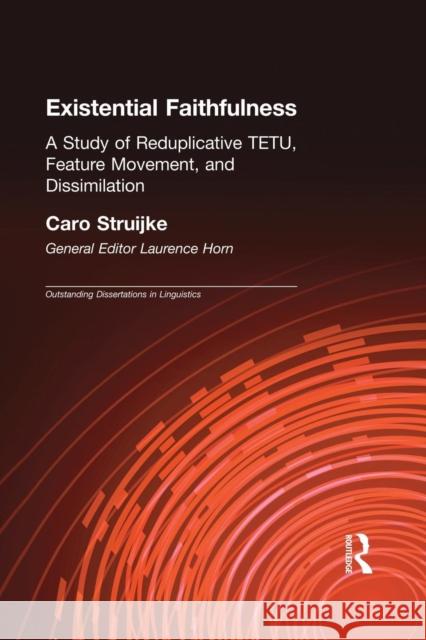Existential Faithfullness: A Study of Reduplicative Tetu, Feature Movement and Dissimulation » książka
topmenu
Existential Faithfullness: A Study of Reduplicative Tetu, Feature Movement and Dissimulation
ISBN-13: 9780415867085 / Angielski / Miękka / 2014 / 210 str.
Existential Faithfullness: A Study of Reduplicative Tetu, Feature Movement and Dissimulation
ISBN-13: 9780415867085 / Angielski / Miękka / 2014 / 210 str.
cena 272,55
(netto: 259,57 VAT: 5%)
Najniższa cena z 30 dni: 261,89
(netto: 259,57 VAT: 5%)
Najniższa cena z 30 dni: 261,89
Termin realizacji zamówienia:
ok. 22 dni roboczych.
ok. 22 dni roboczych.
Darmowa dostawa!
First published in 2003. Routledge is an imprint of Taylor & Francis, an informa company.











